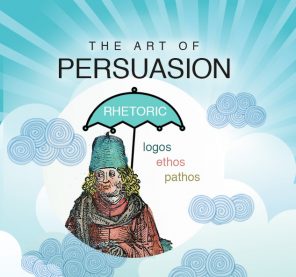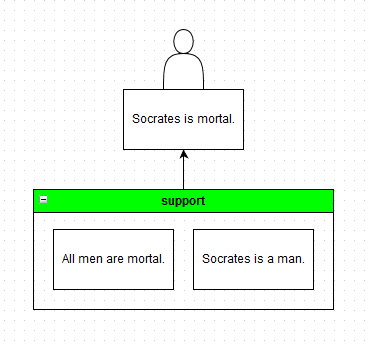Don’t Fall for That Fallacy, Part Three
By the age of 10, children have the ability to tell right from wrong, according to expert Jean Piaget, a Swiss psychologist. However, knowing how to distinguish a true statement from a false one is a skill that you have to learn. One vital component is spotting fallacies. Apple Polishing:








